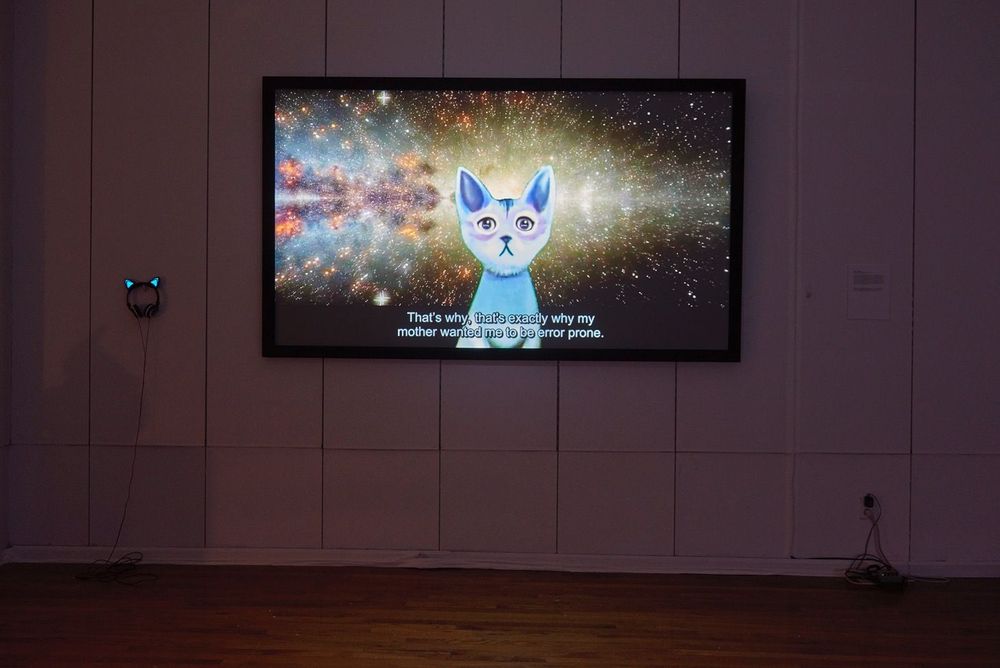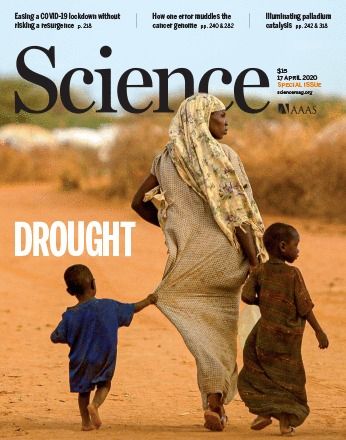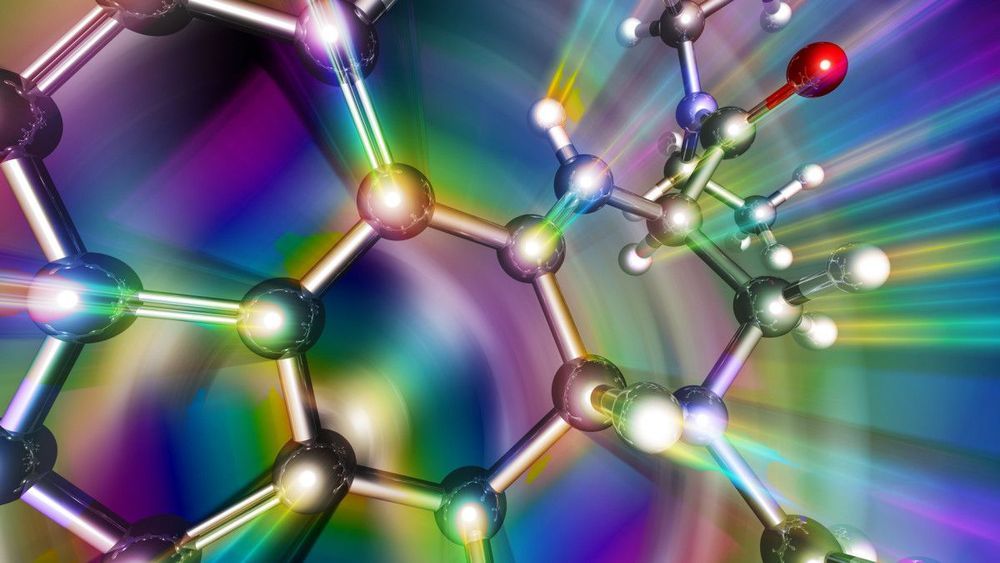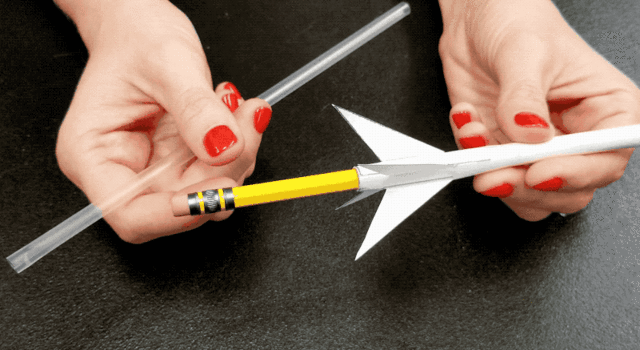Will we ever live on Mars?
Since the dawn of the Space Age, the planet Mars has been the focus of two ambitious projects. One is the search for life forms native to the planet; the other is human colonization.
For decades, Mars colonization advocates have been promising potential settlers that the time for leaving Earth is nearing. In fact, in terms of producing the actual space hardware—the capability to transport large numbers of passengers into space and the engines and life support to ferry them safely to Mars—we’re not much closer to a Mars colony than we were in 1972, when the last Apollo lunar mission returned to Earth, so don’t sell your house on Earth just yet. On the other hand, we’ve had one mind-blowing discovery after another about Mars as a result of unmanned exploration conducted over the last decades by NASA.
The evidence that the planet is home to microscopic lifeforms—something akin to Earth’s bacteria—has been accumulating slowly, but consistently. While few astrobiologists are ready say that, yes, there’s life there, until we have a photo of microorganisms swimming in the microscope field, that moment is really approaching. And we’ll probably get to it long before the first astronaut boots cast their prints into the Martian surface dust.







